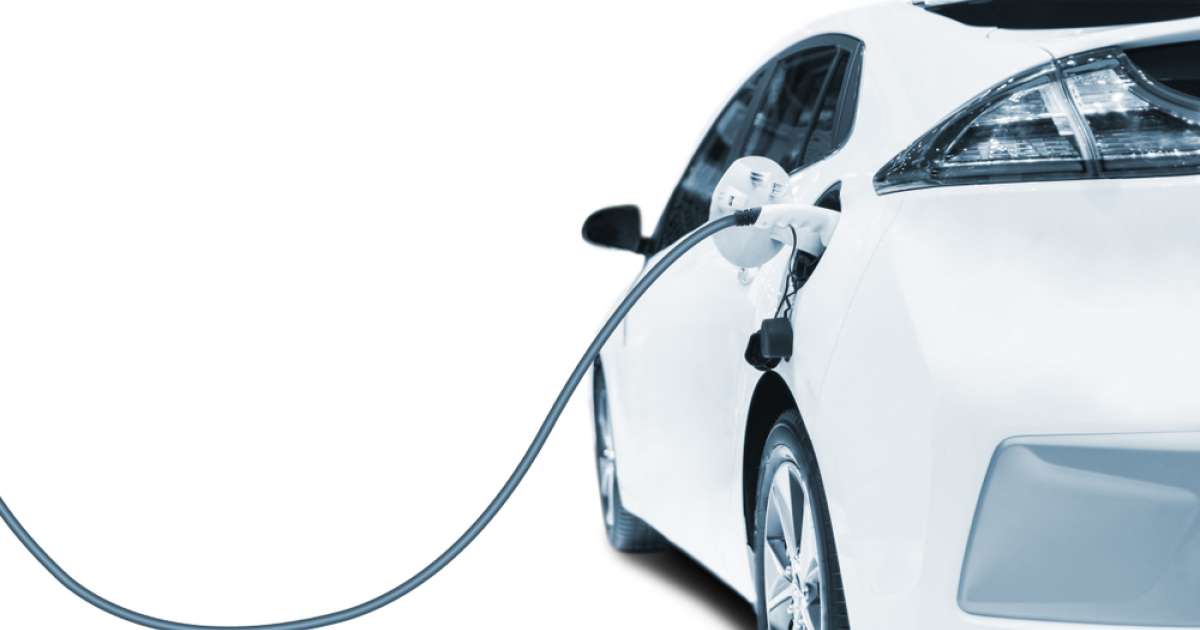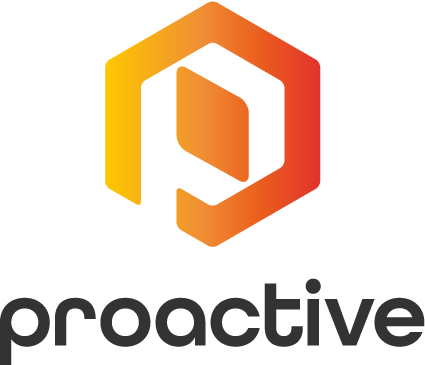Greenland Minerals confident Kvanefjeld project can help meet long-term demand for rare earths

Greenland Minerals Ltd (ASX:GGG) is confident its Kvanefjeld project in Greenland is well-placed to take advantage of the long-term robust outlook for rare earth elements (REEs).
Despite the impacts of the COVID-19 pandemic on demand, prices for the full suite of rare earth elements have held their own during 2020 and the outlook is highly encouraging.
ADAMAS Intelligence has forecast that global annual demand for magnet rare earth oxides such as neodymium, praseodymium, dysprosium and terbium will increase by 150% through to 2030.
Upward pressure on prices[hhmc]
Meeting this demand will require current global production to double and when this is considered together with increasing production costs in China, the company believes there will be considerable upward pressure on prices over time.
This outlook creates an optimal development window for the Kvanefjeld Rare Earths Project given its advanced status, favourable production profile across all key magnet REEs, and competitive cost structure.
Well-placed to meet demand[hhmc]
The company considers Kvanefjeld is one of the worlds most important emerging rare earth projects and will position Greenland to become a globally significant supplier of materials that are key to an energy efficient and environmentally sustainable future.
REEs make the worlds strongest permanent magnets and this continues to be a major growth area owing to the essential requirement of high-powered magnets in electric vehicles (EVs) and renewable energy sources such as wind turbines.
Notably, ADAMAS has forecast a strong recovery for EV sales in 2021 and 2022 which fell in the first half of 2020 and Kvanefjeld is well-placed to be developed to meet this growing rare earth demand.
Low-cost mine life[hhmc]
At a planned processing rate of 3 million tonnes per year, Kvanefjeld will be a globally significant producer of light REE magnet metals neodymium and praseodymium as well as a producer of strategically significant heavy REEs terbium and dysprosium.
The project has an initial mine life of 37 years based on a 108 million tonne ore reserve (JORC 2012), however, this represents only 10% of the broader resource based.
At current prices, rare earths are forecast to contribute over 90% of project revenues, however, the by-product revenue generated through the by production of uranium, zinc and fluorspar (metspar) and low cost of by-product recovery ensures that unit REE production costs remain very low.
By-product benefits[hhmc]
Based on projected forecast pricing, by-products will generate almost US$60 million in annual revenue for the project, the equivalent of a credit against the cost of producing REEs of approximately US$1.90/kilograms of RE or 40% of the cost of producing a RE intermediate product in Greenland.
The annual cost of removing around 475 tonnes per annum of uranium will be less than US$5 million with uranium sales expected to add in excess of US$45 million annually to project revenue.
Kvanefjed will also annually produce around 6,000 tonnes of zinc in concentrate which will generate approximately US$6 million or 1% of annual revenue.
The zinc concentrate will contain about 50% zinc which is comparable to other zinc concentrates traded internationally.
Kvanefjeld will also produce around 12,500 tonnes per annum of metallurgical grade fluorspar (Metspar) which is Read More – Source
[contf]
[contfnew]

Proactiveinvestors
[contfnewc]
[contfnewc]




